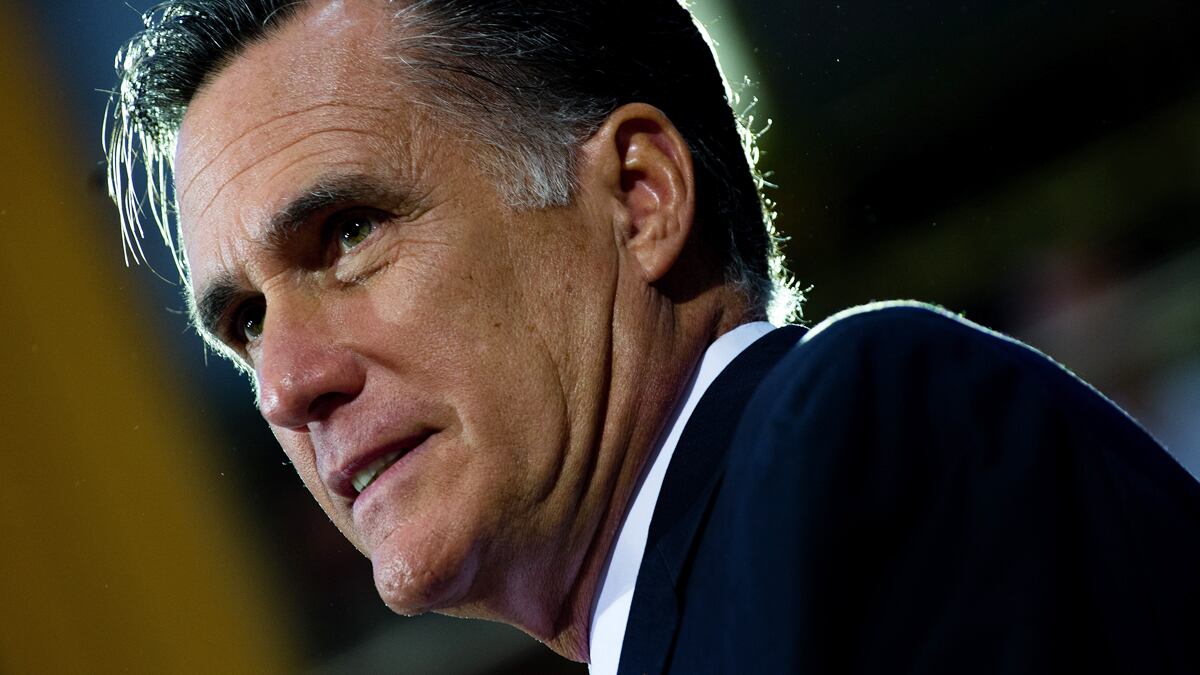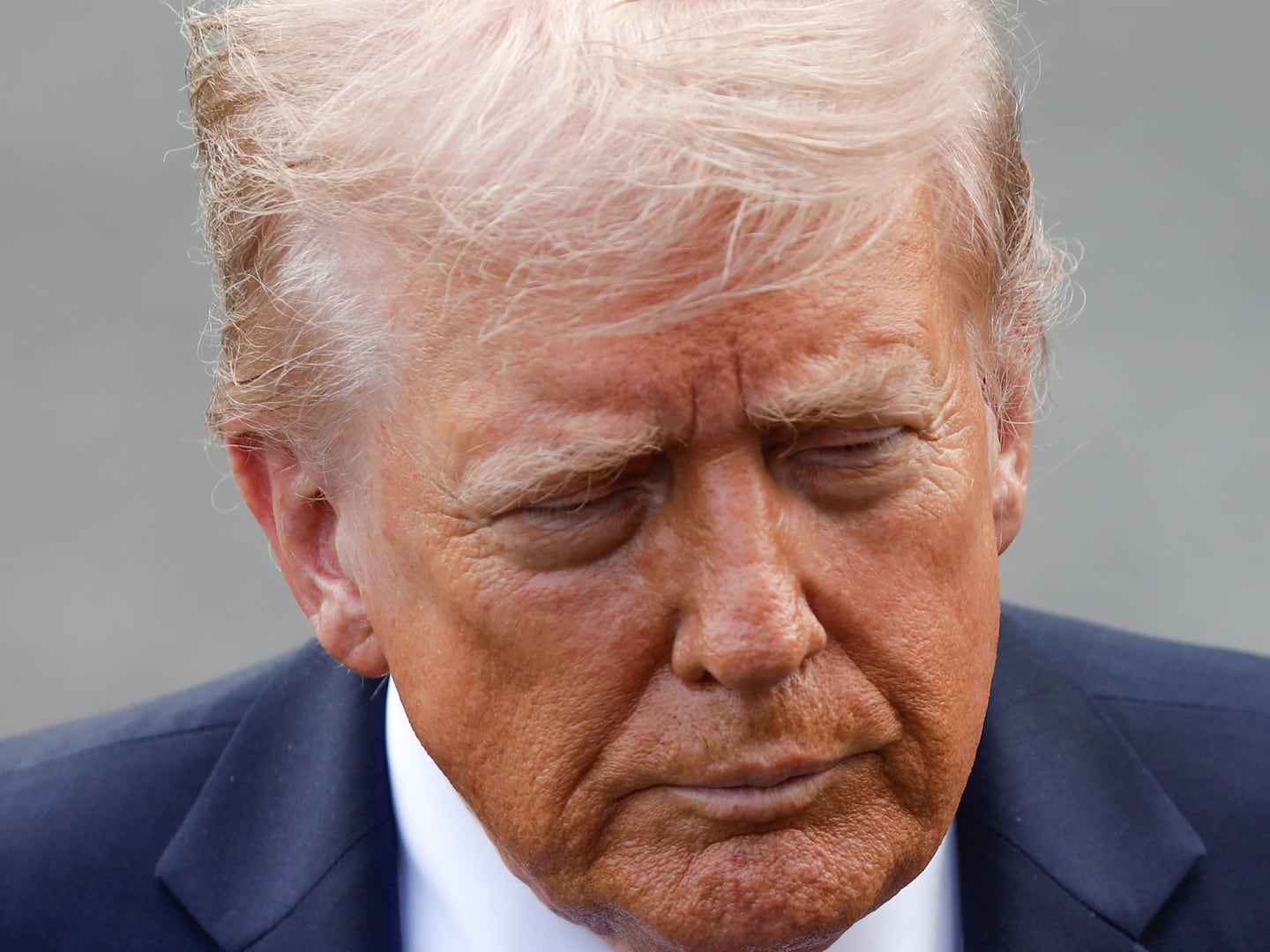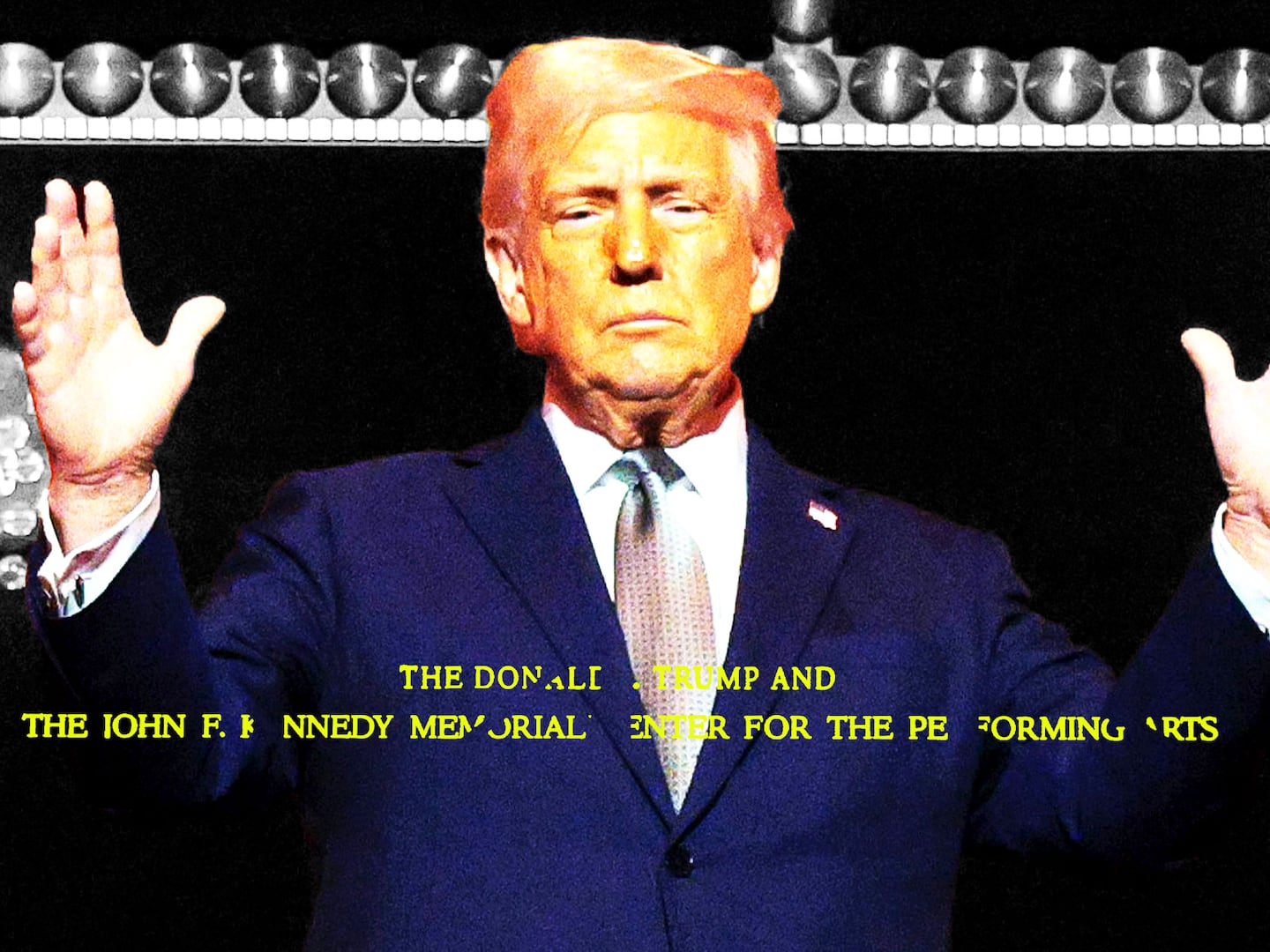As lies go in this political campaign, it’s a relatively small one. But it’s a pretty telling one nonetheless.
In his foreign-policy speech on Monday, Mitt Romney excoriated President Obama for not seeking to open new markets for American goods and services. “I will champion free trade and restore it as a critical element of our strategy, both in the Middle East and across the world,” Romney said. “The president has not signed one new free-trade agreement in the past four years. I will reverse that failure.”
That’s false. In fact, about a year ago, on Oct. 21, 2011, Obama signed new free-trade agreements with South Korea, Panama, and Colombia. (There’s a picture of him doing so right here.)
While those free-trade agreements were many years in the making—as all free-trade deals are—they are indisputably “new” free-trade agreements. They were not ratified by the U.S. Congress until President Obama convinced the legislative branch to do so. And they did not exist as laws until President Obama signed them.
The Bush administration and the government of South Korea first signed a trade agreement in June 2007. The same month the administration also reached agreement with Panama on a new trade deal. President Bush first submitted the Colombia free-trade deal to Congress in April 2008. But Bush was not able to get any of these measures through Congress, in part because Democrats in Congress didn’t like all the terms of the deals, and in part because he was losing effectiveness as a legislator. To get them through Congress, Bush would have had to (a) convince the counterparties to modify some of the terms; and (b) convince Congress to approve them. He did neither.

Obama was ultimately able to do both. For much of the early part of the Obama administration, the free-trade agreements languished. But eventually things came together. Colombia agreed to implement new protections for labor. Panama, responding to concerns that it had become a tax haven, in 2010 agreed to share more tax information. With Korea, the Obama administration held out for—and won—better terms on market access for U.S. carmakers. As a result, the United Auto Workers wound up supporting the agreement. In all three instances, the agreements signed in October 2011 contained significant differences from the agreements reached in 2006 and 2007.
It is an article of faith among conservatives that the Obama administration is hostile to businesses of all sorts, that it has created barriers to companies seeking to get involved in trade, and that it is hostile to the expansion of free trade. That’s a holy trinity of hooey.
Over the last few years, trade has been a bright spot in the U.S. economy. Since hitting a low of $124 billion in March 2009, the volume of monthly exports has risen rapidly—to a record $185 billion in June, a 49 percent increase. The U.S., the largest exporter in the world, has seen annual exports rise from $1.578 trillion in 2009 to $2.103 trillion in 2011. Through the first seven months of 2012, they’re up 5.5 percent over the first seven months of 2011. Imports have risen, too, from $1.96 trillion in 2009 to $2.663 trillion in 2011—a 36 percent increase. Through the first seven months of 2012, imports are up another 4.8 percent. Put another way, the volume of trade in which the U.S. engages has exploded in recent years—up 18 percent in 2010, up 14 percent in 2011, and up about 5 percent so far this year. The rise in trade has been good news for American exporters, but also for the large segments of the U.S. economy that thrive on trade—ports, railroads, truckers, delivery services, and the companies that insure, finance, and process trade.
The free-trade agreements with South Korea, Colombia, and Panama are marginal contributors to this growth. But they are new free-trade deals nonetheless. The Obama administration has had plenty of failings and shortcomings. But those do not include being hostile to trade.






